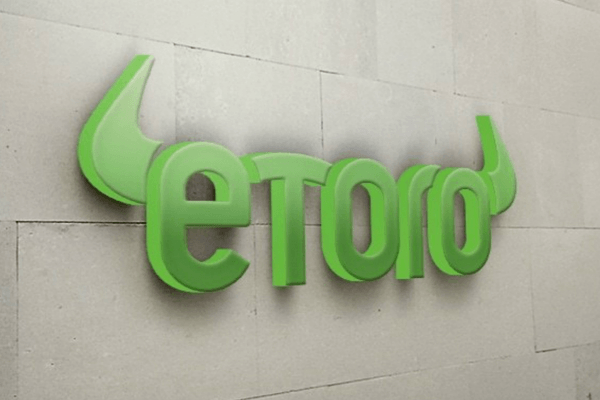
Image Courtesy: Alpari
In 2020, Ethereum investors and enthusiasts are looking forward to the Ethereum 2.0 upgrade with Phase 0 slated for the third quarter this year. The revamp in consensus protocol will improve Ethereum’s security and scalability drastically to cope with the higher demand of the network in the future.
The biggest change ETH 2.0 will introduce is the shift to Proof of Stake (PoS) consensus mechanism that allows ETH holders to stake on the network and become validators. From the recent findings, 66% of the Ethereum community is looking to stake their coins when ETH 2.0 arrives. This opens up new doors of passive income for the holders apart from trading the coin alone.
Even though the upgrade is set to be for a great good of the Ethereum community, there are still some risks people tend to overlook.
User Error is Inevitable
The process of staking and safely storing the withdrawal keys can be challenging tasks for the inexperienced. Undergoing wrong procedures can cause stakers to lose their fund or unable to retrieve them from the network.

Moreover, the migration from Ethereum 1.0 to the Ethereum 2.0 chain in order to stake their coins can pose a sizable risk. However, exchanges and third-party custodians and wallets are likely to simplify and assist in this process similar to the hardfork where exchange often takes a snapshot and claims the forked coins for their customer automatically.
Learn more: Ethereum 2.0 Staking Simplification Suggested on Medium
Staking Returns Might not Worth the Risks
The more people interested in becoming validators and set up staking nodes on the ETH 2.0 will result in lesser returns. The Ethereum roadmap states that the staking rewards can be as low as 1.56% per year.

This might not sound like a big issue since you will still more or less earn rewards from staking. Putting price volatility into the calculation, however, can pose a risk of losing more than you actually earned. While locking up your fund in the staking node, validators might not be able to withdraw their fund and sell them on an open market in time in the case of major price plunge or market dips. The decrease in ETH price can easily mitigate all the returns validators made from the staking rewards so far in an instant.
Miners are in Trouble
The shift from Proof of Work to Proof of Stake will inevitably affect the Ethereum miners. When the new PoS consensus renders PoW mining machines obsolete, miners are left with no choice but to sell their equipment at discounted prices. Miners can choose to use whatever left of their funds to buy up ETH and come back as stakers on the new network or leave the business for good.
Hackers and Scammers Looking for Vulnerabilities
Staking your ETH via third-party staking pool poses similar risk to storing your crypto assets on the exchanges. Vulnerabilities of the system and minor coding mistakes can be the weakness hackers are intensively looking for.

Joining staking pools also creates the risk of exit scams, where similar events have happened countless times in the past, luring in the inexperienced with higher than usual or too good to be true deals. When collected enough money, the scammers can simply shut down their nodes along with gullible investors’ funds and flee into the darkness.
You may also want to read: What’s the Buzz Around Ethereum 2.0?


